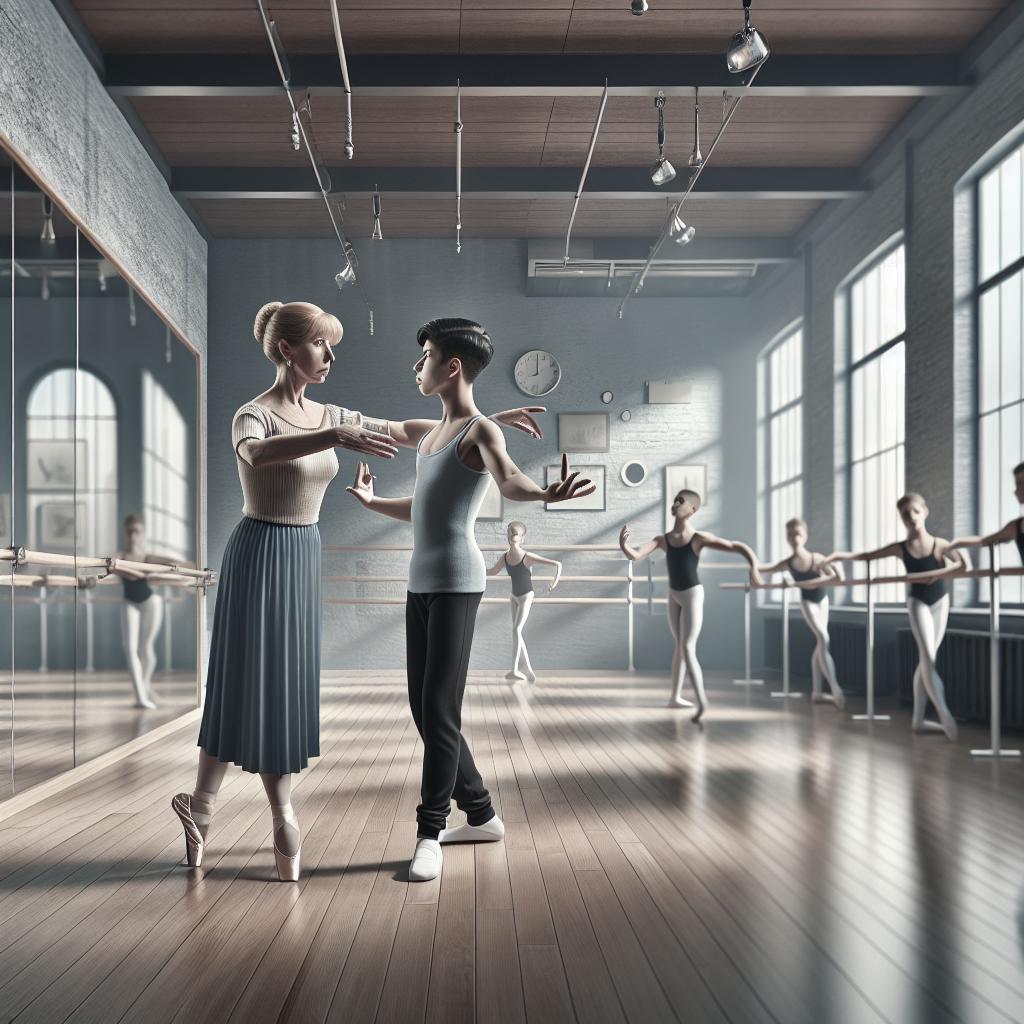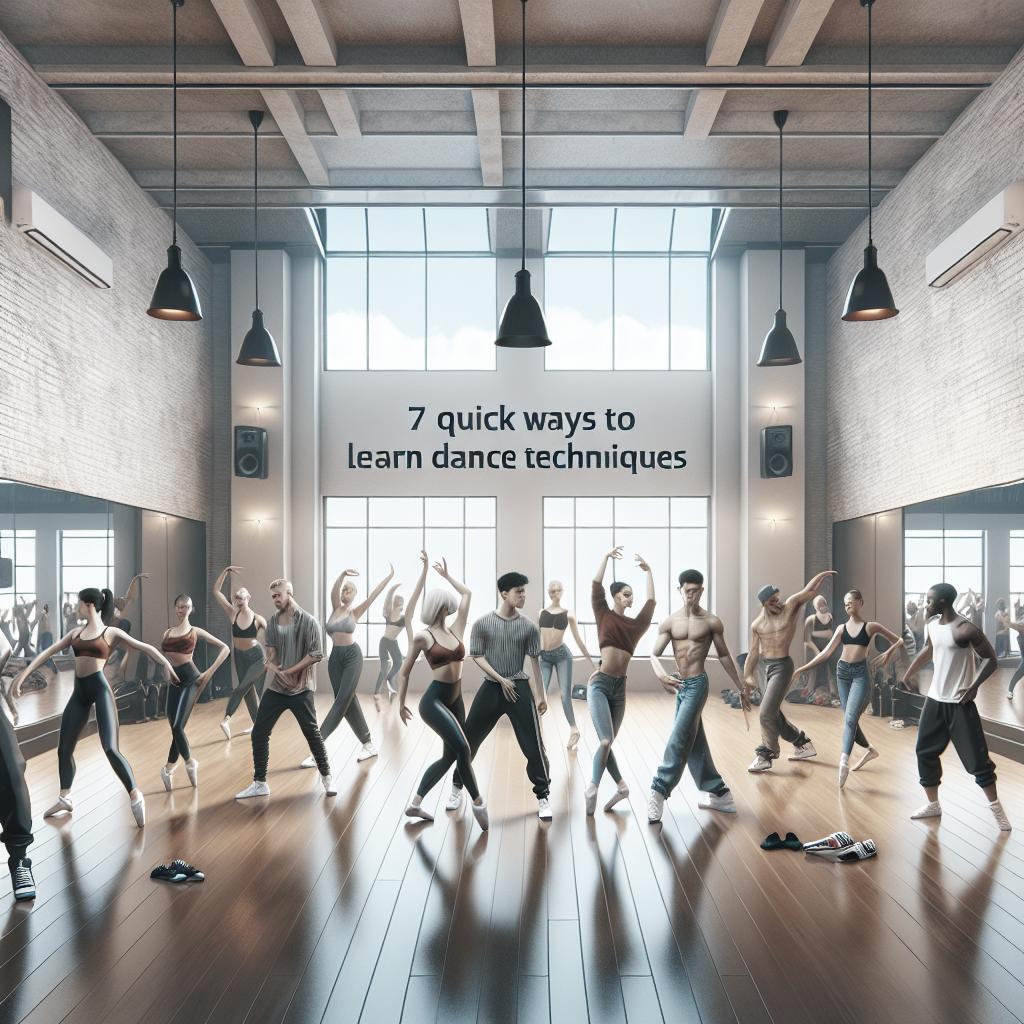Everything You Need to Know About Spotting in Dance
Spotting is a key technique in dance that allows performers to execute turns with precision and grace, minimizing dizziness and disorientation. This blog post delves into various crucial aspects of spotting in dance. You’ll learn about the role of social media in a dancer’s life, step-by-step guidance on how to perfect your spotting technique, strategies for managing dizziness, and tips on enhancing neck flexibility. With this comprehensive guide, dancers of all levels can harness the power of spotting to bolster their performances and prevent injury.
The Pros and Cons of Social Media for Dancers
Social media has revolutionized how dancers connect with the world, offering both opportunities and challenges. On the positive side, platforms like Instagram and TikTok provide dancers with global visibility, allowing them to showcase their skills, gain followers, and potentially attract opportunities such as auditions, sponsorships, and collaborations. The power to share content instantly encourages innovation and a greater sense of community among dancers worldwide.
However, social media can also breed competition and comparison, which might negatively impact a dancer’s mental health. Endless scrolling and judgment based on likes and comments can detract from the artistry and personal expression that dance embodies. Furthermore, there’s always the risk of prioritizing social media presence over real-world practice and performance, which may hinder a dancer’s growth.
Share this:
Spotting techniques are valuable knowledge for dancers, and sharing information about them can greatly benefit both new and seasoned performers. By sharing this article or discussing its content in dance communities, you can help fellow dancers improve their skills, encouraging a culture of knowledge exchange and support. Whether you’re forwarding this to a dance friend or posting about the tips you learned, sharing is an effortless way to contribute to the dance community.
Consider utilizing social platforms or dance forums to discuss the tips and tricks mentioned here. Not only does this widen your network, but it also solidifies your understanding of the material, as teaching and sharing concepts can often reinforce your own learning.
How to Spot
Spotting is an essential technique that dancers use to maintain balance and control during turns. The process involves fixing your gaze on a single spot in front of you and holding that focus as long as possible during a turn. Just before you can no longer hold the gaze, snap your head around to refocus on the same spot. This rapid movement helps orient the body and regain balance, effectively reducing dizziness.
When learning how to spot, it’s important to align your head movements correctly with your body’s turning motions. Initially, practice this technique slowly to get comfortable with the coordinated head action. As you gain confidence, increase your speed and incorporate it into various turns like pirouettes or chaînés. Consistent practice will naturally enhance your turning efficiency and overall dance performance.
Getting Un-Dizzy
Even with proficient spotting, dancers may sometimes experience dizziness. Fortunately, there are methods to mitigate this effect. One key technique is to maintain a strong core, which provides stability and support. You can also practice deep breathing exercises to relax your body and manage any residual vertigo after rehearsals.
Furthermore, building stamina through cardiovascular conditioning can help your body adjust to the physical demands of dancing. Incorporating exercises that promote balance and coordination, such as yoga or tai chi, can also improve your ability to recover quickly from dizziness, allowing you to perform consistently during energetic routines.
Neck Range of Motion
A dancer’s neck range of motion plays a critical role in effective spotting. Flexibility exercises can aid in improving this aspect, as they ensure that the head movements required in spotting are executed smoothly and without strain. Regular stretching of the neck muscles, coupled with careful attention to posture, can maintain or enhance neck mobility.
A simple daily routine can include gentle neck rotations and tilts, which should be performed slowly to avoid injury. Consistency in these exercises can prevent stiffness and keep muscles supple. This flexibility is invaluable not only for spotting but also for other movements in dance that require fluidity and grace.
Related
For those interested in exploring other dance techniques, consider looking into the following related areas: understanding the mechanics of pirouettes, the role of core strength in dance, and the importance of flexibility across different dance styles. These topics contribute significantly to a dancer’s technical foundation and artistic expression.
Additionally, attending workshops or classes focused on these skills can offer hands-on learning experiences and personalized feedback, which is often invaluable for honing your dance abilities. Engaging with dance literature and educational videos online can further support your growth and development in this art form.
Post navigation.
Navigating through the world of dance involves continuous learning and adaptation. As a dancer, always seek opportunities to refine your skills, whether through classes, online courses, or self-directed practice. Remember that the journey in dance is as enriching as the performances themselves, and staying open to new techniques and methodologies can lead to fulfilling experiences and achievements.
It’s important to balance learning with the joy of dancing, ensuring that your passion remains a rewarding and uplifting part of your life. Whether you’re drawn to classical ballet or contemporary movements, each style offers unique challenges and joys that contribute to the rich tapestry of dance artistry.
| Section | Description |
|---|---|
| The Pros and Cons of Social Media for Dancers | Explores how social media impacts dancers, highlighting benefits such as increased visibility and community, while discussing drawbacks like competition and mental health challenges. |
| How to Spot | Provides a step-by-step guide on mastering the spotting technique to enhance balance and control during turns. |
| Getting Un-Dizzy | Offers strategies to mitigate dizziness post-turns, emphasizing core strength and conditioning exercises. |
| Neck Range of Motion | Highlights the importance of neck flexibility in spotting and provides tips for maintaining a good range of motion. |
| Related | Lists additional techniques and skills related to spotting, encouraging further exploration and education in dance. |
| Post navigation | Encourages ongoing learning and adaptation in dance, highlighting the importance of balancing skill development with passion for the art. |


